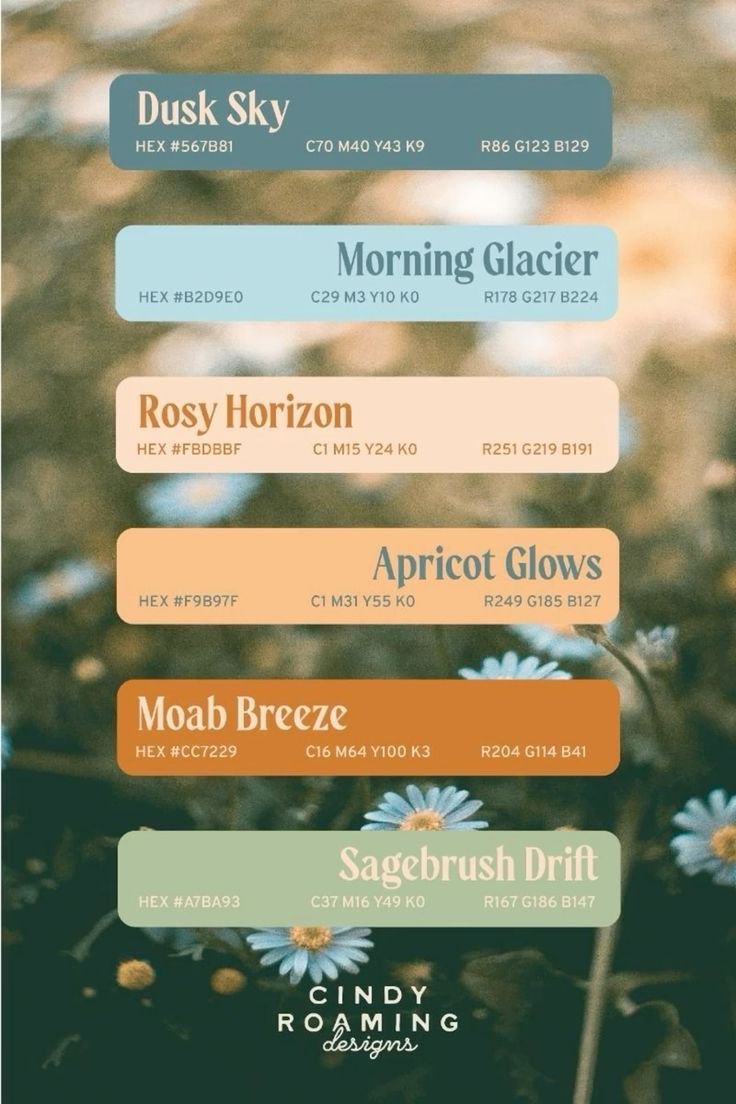What Makes Timeless Graphic Design?

Graphic design is a powerful tool that influences how we perceive the world around us. But what gives certain designs their lasting appeal? In this FAQ, we’ll explore the key elements that make graphic design not only timeless but also engaging.
Understanding Timelessness in Graphic Design
Timelessness in graphic design refers to the enduring appeal of certain visual elements, even as trends evolve. It is the quality that allows a design to remain relevant and appreciated, regardless of changing styles. Designers who can harness this quality often create works that people cherish for generations.
One significant aspect of timelessness is the use of classic design principles. Elements like balance, contrast, and alignment form the backbone of effective graphic design. When these principles are skillfully applied, they result in designs that feel harmonious and visually pleasing, thereby transcending the immediate moment.
Another factor is purpose. Timeless designs are not only aesthetically appealing but also serve a function. They convey messages clearly and effectively, ensuring their relevance long after their creation. A design that solves a problem or communicates an idea effectively will often stand the test of time.
The Role of Simplicity in Design
Simplicity plays a crucial role in creating timeless graphic designs. When a design is clean and straightforward, it allows the audience to understand the message without distraction. This clarity can lead to greater retention, making it more memorable. A simple design is often more effective than a complicated one.
Furthermore, simplicity is key when it comes to adaptability. A minimalist design is like a blank canvas that can easily be tweaked or blended into different settings, making it super versatile over time. As trends shift and tastes evolve, a straightforward layout or color scheme can still shine, effortlessly adjusting to fit in with whatever is in style.
Consider iconic logos—many of the most successful ones are simple. Think of the Apple logo or the Nike swoosh. Their effectiveness lies not just in their memorability but also in their ability to evolve without losing their core identity. This simplicity is essential for creating designs that last.
Creating Emotional Connections
Emotional connection is a powerful driving force in graphic design. Designs that evoke feelings—be it nostalgia, joy, or inspiration—are often the most engaging. By tapping into human emotions, designers can create visual experiences that resonate deeply with the audience.

Color choice plays a vital role in eliciting emotional responses. For instance, warm colors often evoke feelings of warmth and positivity, while cooler colors might convey tranquility. By strategically selecting colors, designers can influence how audiences perceive their work and foster emotional engagement.
Incorporating storytelling into designs can also enhance emotional connections. When a graphic tells a story or shares an experience, it becomes more than just a visual—it becomes a narrative with which audiences can identify. This storytelling element helps create a legacy, ensuring the design remains meaningful over time.
The Importance of Relevance and Cultural Impact
The relevance of graphic design shifts and changes with cultural trends and societal values. A design that captures the spirit of the times can create a strong connection with its audience. By reflecting contemporary issues or movements in their work, designers can achieve both engagement and importance.
Cultural sensitivity is equally vital. Understanding and respecting cultural nuances can elevate a design from merely visually appealing to deeply impactful. A relevant design resonates more profoundly when it aligns with the audience’s values, leading to heightened engagement and timelessness.
Moreover, designs that challenge societal norms or provoke thought can leave a lasting impression. Engaging with cultural themes invites dialogue, ensuring that such designs remain relevant long after their initial creation.
Adapting Design Practices Over Time
Adaptability is a hallmark of great graphic design. The ability to evolve with changing design trends is essential for maintaining engagement and relevance. Designers who embrace change can integrate new techniques or tools without losing their unique voice.
Incorporating technology is one way to adapt. As new digital tools and platforms emerge, designers can utilize these innovations to enhance their work. Being open to new methods allows for the infusion of fresh ideas and perspectives, keeping design practices dynamic and engaging.
Flexibility in design style is also important. A designer who can switch between minimalist and maximalist styles, for instance, is better equipped to respond to client needs and market demands. This versatility broadens a designer's appeal and ensures their work remains impactful and relatable.
Key Takeaways on Timeless and Engaging Graphic Design
In conclusion, graphic design’s timelessness and engagement come from a combination of simplicity, relevance, emotional impact, and adaptability. By understanding these elements, designers can create work that resonates not only today but for years to come.



